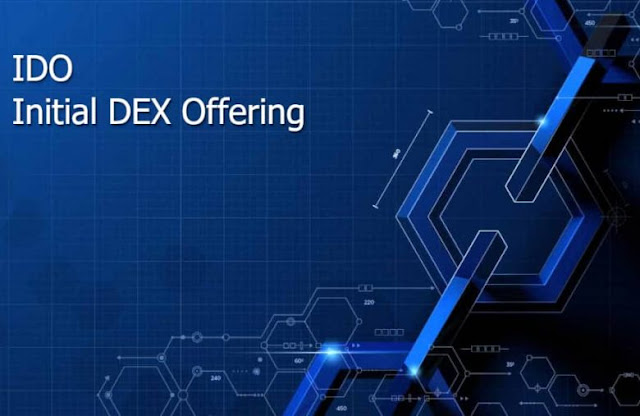7 Simple Guidelines for ICO Development
In the world of cryptocurrencies, Initial Coin Offering (ICO) has garnered the most attention and excitement. Since 2015, crypto investors have been closely monitoring the ICO development space for the next 10x or 100x opportunity. Between August 2015 and December 2017, the ICO market experienced unprecedented growth. However, reports later revealed that nearly half of the ICOs conducted in 2017 and 2018 failed to raise a single dollar because they attempted to cash in on the hype and launched without adequate planning.
Success factors for ICOs – 7 simple steps
According to a study of 630 successful ICOs conducted between 2015 and 2017, an ICO will be successful if it discloses sufficient information to its investors, has a pre-ICO GitHub repository, organises a presale, avoids offering bonus schemes, has shorter token sale durations, and has a public team. Despite this, some ICOs failed because they failed to conduct the ICO in accordance with the rules outlined below.
FIRST RULE – ICO Research, planning, and teamwork.
Before initiating Initial Coin development, you must analyse and comprehend market demand. Your team's advisors, IT developers, and business developers will design the business model based on this information. Once the idea has been finalised, it is crucial to discuss it with experts to ensure its viability and to incorporate their feedback.
When the business plan is complete, you must collaborate with developers to create a feasible road map. When breaking it down, you must consider the following:
Your team should be sufficiently sized and qualified to deliver per the roadmap.
You must have sufficient funds to cover the costs of the ICO development stages.
Investors closely monitor the frequency with which your team commits code to open-source repositories such as GitHub. Therefore, it is essential to have a well-considered and realisable plan in place.
Rule #2: Whitepaper Distribution
A whitepaper is the first thing an investor looks for before investing in an initial coin offering (ICO). Ensure that a 25–30-page whitepaper is live during the initial phase of ICO development to provide investors with answers to the following questions:
- What issue does your project intend to address?
- What is the size of the market that your project will address?
- What solution does this project provide?
- What technical and non-technical aspects does your project have?
- Project plan and schedule
- Team and advisor information
- In-depth tokenomics
- Your whitepaper should ideally be hosted on a project's website. This instils investors with confidence in your project.
Rule #3: Appropriate tokenomics
This is the most challenging aspect of Initial Coin's development. Among the most vital considerations you must keep in mind are:
Choose the caps
Soft and hard caps specify the minimum and maximum amounts your ICO must raise prior to its conclusion. You must establish these limits prior to launching the ICO, and once they are met, you can highlight them in the ICO's success. You can also choose hidden caps, in which investors will not be aware of the exact capitalization until the end of the ICO offering and allocation.
Capped or uncapped variations
You must decide whether you wish to impose a cap on the number of ICO participants or the total amount raised. It could be an ICO model based on first-come, first-served with no cap on the number of tokens.
ICO auction in the Netherlands
You can utilise a smart contract that calculates token prices based on received bids. The smart contract is programmed to prioritise the highest bids, and the sale concludes when the maximums are reached.
Rule #4: Smart Contract Creation
To guarantee the fairness of the ICO offering, you must implement a smart contract that enables investors to handle, transfer, and sell tokens. This smart contract must be linked to your token wallet and must be both internally and externally audited.
RULE #5 – Digital Wallet Development
You must have your own digital wallet prior to launching the ICO.
RULE #6 – Post-sale Monitoring
After the ICO offering has concluded, you must maintain vigilance over post-sale monitoring. Therefore, you should have an explorer that informs investors of vesting periods and timelines. Once the lock-up period has expired, investors must be provided with 24-hour trading volumes and additional information.
RULE #7 – Exchange Listing
The listing of your tokens on tier 1 and tier 2 exchanges is crucial for increasing the token's circulation. If there are fewer tokens listed or fewer trading pairs, it will be difficult for ICO investors to trade tokens, which is not a good sign.
At Suffescom Solutions, we use our years of ICO development experience to ensure strict compliance with all applicable regulations. We provide comprehensive ICO development services, including token and smart contract creation, white paper creation, and marketing, to ensure the success of your ICO.



Comments
Post a Comment